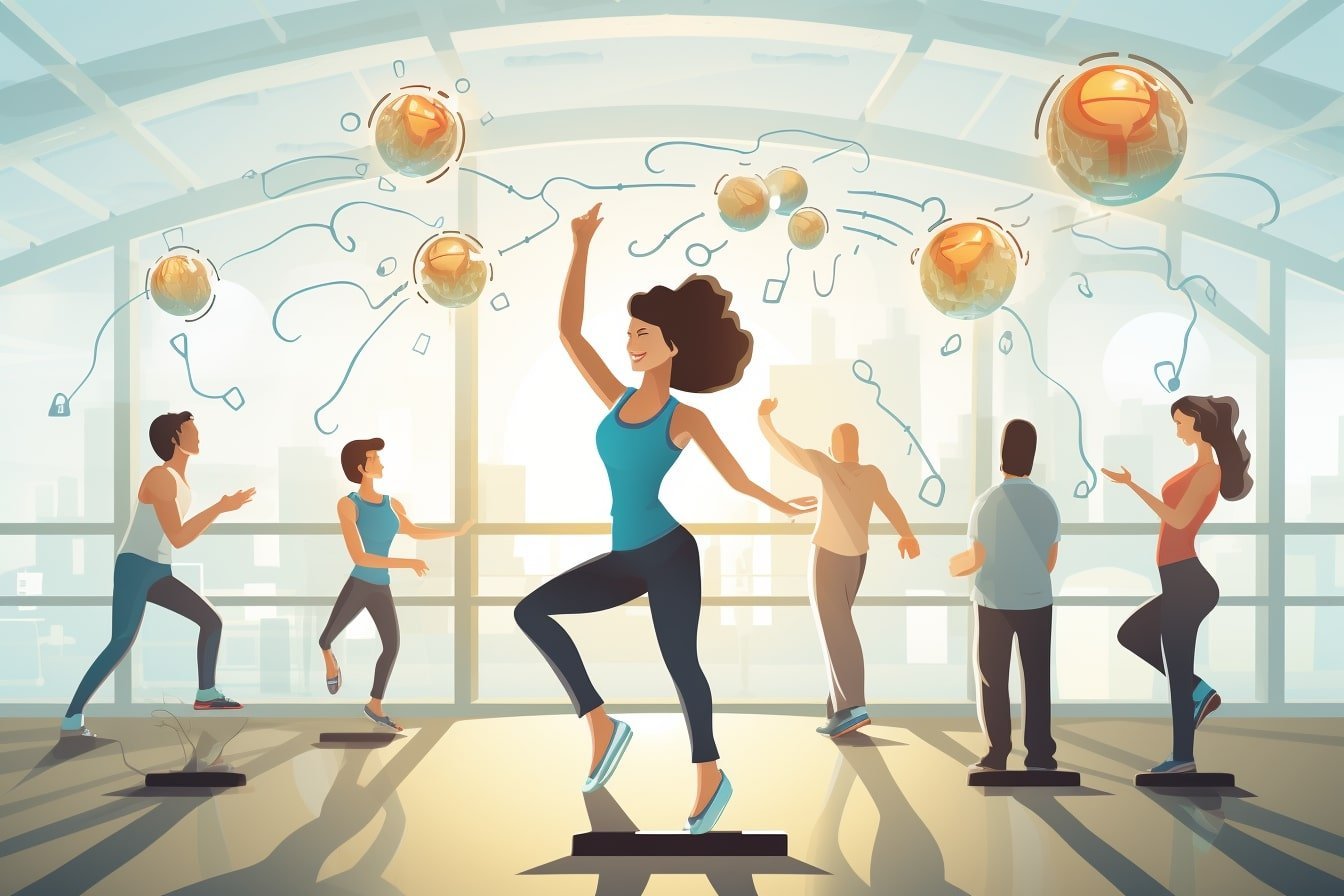Summary: Researchers have discovered that mild forms of exercise, like walking, can improve mood and enhance the brain’s executive function. The key to this improvement lies in our eyes – or more precisely, our pupils.
By using pupillometry, a non-invasive technique that measures pupil size, researchers discovered that pupils dilate during light exercise, an indicator of improvement in executive function.
These findings highlight the potential of pupil diameter as a novel biomarker for the brain’s response to exercise.
Key Facts:
- The study found that during light exercise, pupil dilation occurs, which is linked to an improvement in executive function.
- The brain’s noradrenergic arousal system, closely associated with changes in pupil size, is activated during light exercise, leading to increased activity in the prefrontal cortex.
- Pupillometry could serve as a non-invasive and contactless method to assess neural activity during aerobic exercise and potentially predict the effects of exercise on the brain.
Source: University of Tsukuba
Recent studies have revealed that mild forms of exercise, such as yoga or walking, can improve mood and enhance executive function, which involves the brain’s prefrontal cortex and refers to the ability to control one’s behavior to achieve a goal.
However, the specific neural activity in the human brain that leads to the improvement of executive function during exercise has remained poorly understood due to technical limitations.
It is often said that the eyes are a part of the brain and can effectively reflect a person’s mental state. In recent years, there has been growing interest in investigating pupil size variations as these are closely linked to the neural activity associated with the brain’s noradrenergic arousal system.
Pupillometry, a noninvasive and contactless measurement technique, allows for the assessment of neural activity during aerobic exercise and could serve as an indicator of arousal neural activity.
Based on this premise, a research team led by Kuwamizu Ryuta and Soya Hideaki hypothesized that changes in pupil size during very light exercise could predict improvement in prefrontal executive function after a single exercise session.
To test this theory, the research team asked a group of healthy young adults to participate in 10 minute very light exercise followed by an executive function task.
The findings revealed that pupils dilated during the exercise, and the extent of the dilation was an indicator of a subsequent improvement in executive function.
Prefrontal cortex activity during the executive function task was examined using functional near-infrared spectroscopy, demonstrating an increase in the activity of the left dorsolateral prefrontal cortex, a region associated with executive function.
The paper is published in the journal NeuroImage.
These results strongly suggest that the enhancement of prefrontal executive function resulting from very light exercise can be attributed to pupil-linked neural activity, specifically the activation of the brain’s noradrenergic arousal system.
Looking ahead, pupil diameter holds promising potential as a novel biomarker that can be used to predict the effects of exercise on the brain.
About this exercise and cognition research news
Author: Kuwamizu Ryuta
Source: University of Tsukuba
Contact: Kuwamizu Ryuta – University of Tsukuba
Image: The image is credited to Neuroscience News
Original Research: Open access.
“Pupil dynamics during very light exercise predict benefits to prefrontal cognition” by Kuwamizu Ryuta et al. NeuroImage
Abstract
Pupil dynamics during very light exercise predict benefits to prefrontal cognition
Physical exercise, even stress-free very-light-intensity exercise such as yoga and very slow running, can have beneficial effects on executive function, possibly by potentiating prefrontal cortical activity.
However, the exact mechanisms underlying this potentiation have not been identified.
Evidence from studies using pupillometry demonstrates that pupil changes track the real-time dynamics of activity linked to arousal and attention, including neural circuits from the locus coeruleus to the cortex. This makes it possible to examine whether pupil-linked brain dynamics induced during very-light-intensity exercise mediate benefits to prefrontal executive function in healthy young adults.
In this experiment, pupil diameter was measured during 10 min of very-light-intensity exercise (30% �˙o2peak). A Stroop task was used to assess executive function before and after exercise. Prefrontal cortical activation during the task was assessed using multichannel functional near-infrared spectroscopy (fNIRS).
We observed that very-light-intensity exercise significantly elicited pupil dilation, reduction of Stroop interference, and task-related left dorsolateral prefrontal cortex activation compared with the resting-control condition. The magnitude of change in pupil dilation predicted the magnitude of improvement in Stroop performance.
In addition, causal mediation analysis showed that pupil dilation during very-light-intensity exercise robustly determined subsequent enhancement of Stroop performance.
This finding supports our hypothesis that the pupil-linked mechanisms, which may be tied to locus coeruleus activation, are a potential mechanism by which very light exercise enhances prefrontal cortex activation and executive function.
It also suggests that pupillometry may be a useful tool to interpret the beneficial impact of exercise on boosting cognition.







